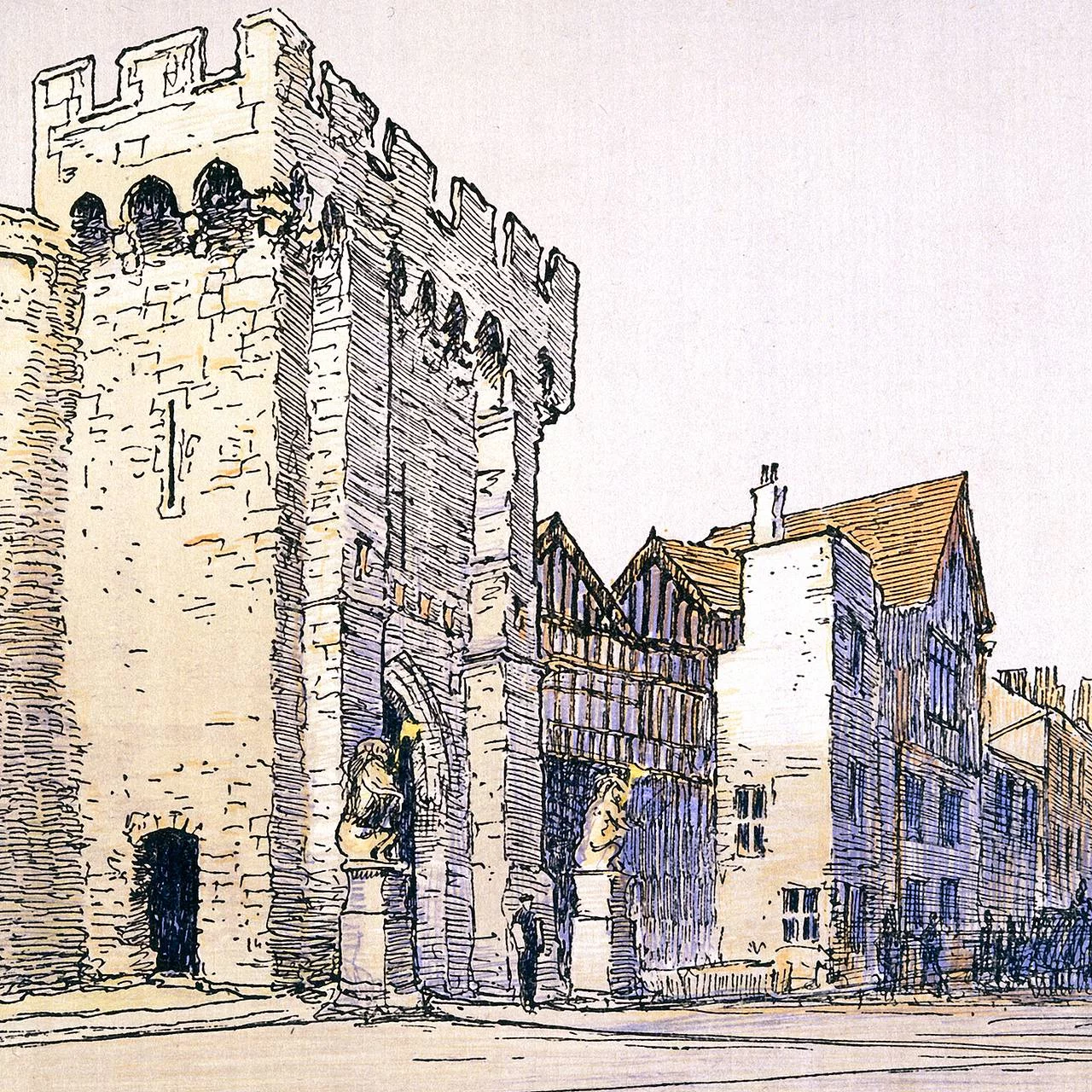
In England, a murder committed in the 14th century and remaining a mystery for nearly 700 years has finally been solved. A comprehensive academic study conducted by Cambridge University fully reconstructed the events that led to the death of priest John Ford. This was published in the scientific journal Criminal Law Forum.
On the evening of May 3, 1337, a body was found on Cheapside Street in central London. John Ford, a man of the cloth returning from prayer, was attacked by four unidentified men. He was stabbed and died on the spot.
Research revealed that the incident was not accidental. As part of the “Medieval Murder Map” project led by criminologist Manuel Eisner, 355 coroners’ reports from the 14th century were analyzed. These findings clarified the motive, the client, and the perpetrators of the crime.
Reportedly, the event is linked to a scandal from 1332. At the time, the Archbishop of Canterbury accused a noblewoman, Ela Fitzpayn, of engaging in multiple sexual relations, including with John Ford. As punishment, she was ordered to walk barefoot through Salisbury Cathedral once a year for seven years — a serious blow to her reputation and social status.
On the day of the murder, priest Hascap Neville approached Ford and engaged him in conversation. After walking approximately 200 meters, four men attacked: one slashed his throat with a 30 cm dagger, others stabbed his stomach. Among the attackers were Ela Fitzpayn’s brother Hugh Lovell, two former servants, and a man named John from Tyndale.
According to Eisner, Fitzpayn personally ordered the murder. She not only challenged the Archbishop’s authority, but also retaliated by eliminating the priest. “This woman was unusually active for her time and wasn’t afraid to defend her interests,” said the criminologist.
Following the killing, an investigation was launched, but only one assailant was charged. Ela Fitzpayn and other key figures were never brought to court.
The study, which focused on London, York, and Oxford, also exposed the weaknesses of the legal system of the 14th century. For instance, although London had up to 80,000 residents, few criminal cases were resolved. In Oxford, despite its academic fame, conflicts among clergy were common.
A murder mystery left unanswered for centuries has now been fully revealed by historians and criminologists. Thus, even centuries later, the truth has come to light. Read “Zamin” on Telegram!
Ctrl
Enter
Found a mistake?
Select the phrase and press Ctrl+Enter Related news
Information
Users of Меҳмон are not allowed to comment this publication.
Users of Меҳмон are not allowed to comment this publication.














